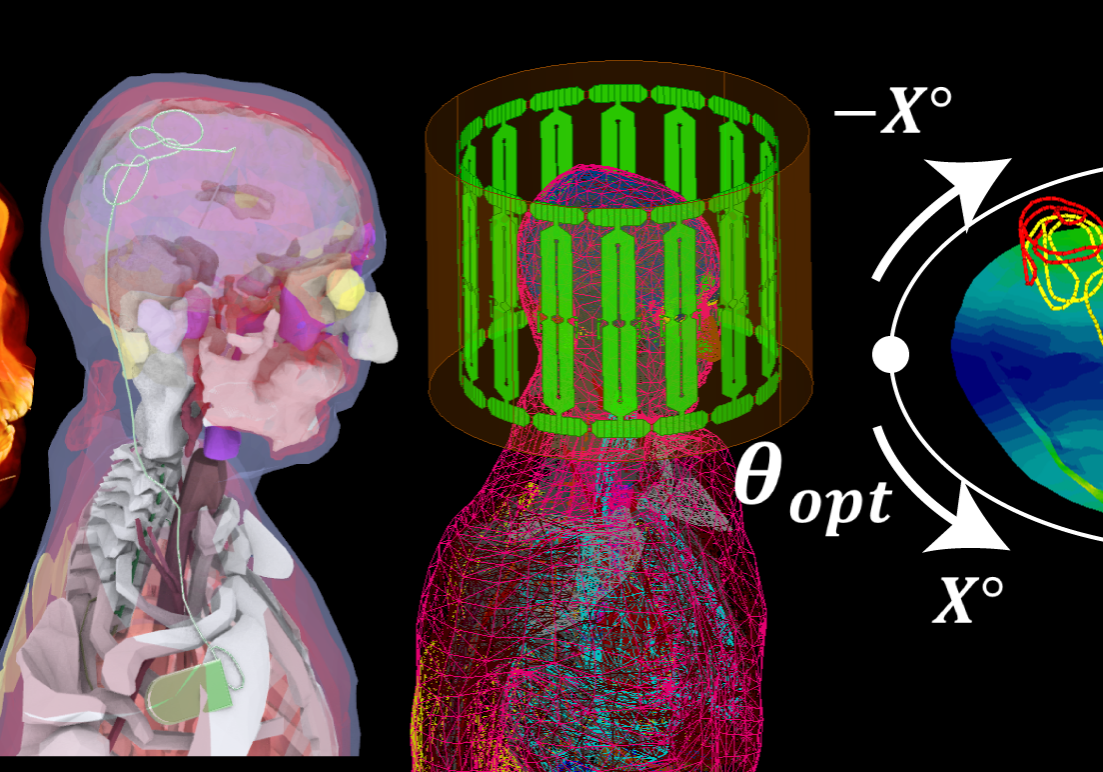Advancements in Biophotonics From Imaging to Therapy

Advancements in Biophotonics From Imaging to Therapy
Advancements in Biophotonics have revolutionized the field of imaging and therapy, offering innovative solutions for a wide range of applications in healthcare and life sciences. From high-resolution imaging techniques to targeted therapeutic interventions, biophotonics technologies continue to push the boundaries of what is possible in understanding and treating various medical conditions. In recent years, there has been a surge in research and development in this field, leading to groundbreaking discoveries and cutting-edge innovations that hold promise for improving patient outcomes and advancing the field of medicine. As we delve deeper into the realm of biophotonics, we uncover a wealth of possibilities that can transform the way we approach diagnostics, monitoring, and treatment of diseases.
Advancements in High-Resolution Imaging Technologies
One of the most exciting developments in biophotonics is the advancement of high-resolution imaging technologies, such as confocal microscopy and optical coherence tomography (OCT). These cutting-edge imaging techniques allow researchers and healthcare professionals to visualize biological structures at the cellular and subcellular levels with unprecedented clarity and detail. With confocal microscopy, for example, a focused laser beam scans the sample point by point, generating a three-dimensional image with exceptional resolution. This technology has revolutionized our understanding of cellular processes, providing valuable insights into the mechanisms underlying various diseases.
Similarly, OCT has emerged as a powerful tool for non-invasive imaging of biological tissues, offering micron-scale resolution and real-time visualization of tissue architecture. By using low-coherence interferometry, OCT can capture cross-sectional images of biological samples, enabling early detection of pathological changes and guiding precise surgical interventions. For instance, ophthalmologists rely on OCT imaging to diagnose and monitor retinal diseases, such as macular degeneration and diabetic retinopathy, leading to improved patient outcomes and personalized treatment plans.
Targeted Therapeutic Interventions Using Light-Based Techniques
In addition to imaging, biophotonics has revolutionized therapeutic interventions through the development of targeted light-based techniques, such as photodynamic therapy (PDT) and optogenetics. PDT involves the administration of photosensitive drugs that accumulate in diseased tissues, followed by light activation to induce cell death selectively. This minimally invasive approach has shown promising results in the treatment of various cancers, including skin, lung, and esophageal cancer, by targeting tumor cells while sparing healthy surrounding tissues.
On the other hand, optogenetics has opened new avenues for controlling cellular activity with light, enabling researchers to modulate neuronal circuits and study complex brain functions with high precision. By genetically engineering cells to express light-sensitive proteins, scientists can activate or inhibit specific neural pathways using optical stimulation, shedding light on the underlying mechanisms of neurological disorders, such as Parkinson’s disease and epilepsy. These innovative light-based techniques hold immense potential for developing targeted therapies with minimal side effects and enhanced efficacy.
Biophotonics in Disease Diagnostics and Monitoring
Another crucial application of biophotonics is in disease diagnostics and monitoring, where light-based technologies play a pivotal role in early detection and continuous assessment of various health conditions. For instance, fluorescence spectroscopy enables rapid and non-invasive detection of biochemical changes in tissues, aiding in the diagnosis of cancer, atherosclerosis, and other diseases. By analyzing the fluorescence emission spectrum of endogenous and exogenous fluorophores, clinicians can differentiate between normal and abnormal tissues, guiding biopsy procedures and treatment decisions.
Moreover, Raman spectroscopy has emerged as a promising tool for real-time monitoring of disease progression and treatment response, offering molecular fingerprinting of biological samples with high sensitivity and specificity. This label-free technique relies on inelastic scattering of light to characterize the chemical composition of tissues, paving the way for personalized medicine and precision oncology. By analyzing the unique spectral signatures of biomolecules, researchers can identify biomarkers associated with disease states and tailor therapeutic regimens accordingly, leading to more effective and personalized patient care.
Strategies for Advancing Biophotonics Research and Innovation
To further advance the field of biophotonics, researchers and industry professionals are employing innovative strategies to enhance imaging capabilities, develop targeted therapies, and improve disease diagnostics. Collaborative research initiatives bring together multidisciplinary teams of scientists, engineers, and clinicians to address complex healthcare challenges and accelerate the translation of cutting-edge technologies from bench to bedside. By fostering cross-disciplinary collaborations and knowledge sharing, these initiatives drive innovation and promote breakthrough discoveries in biophotonics that have the potential to transform healthcare delivery and patient outcomes.
Additionally, investments in infrastructure and resources are crucial for supporting research and development in biophotonics, enabling the creation of state-of-the-art imaging facilities, clinical trial centers, and innovation hubs. By leveraging public and private funding opportunities, organizations can enhance their capabilities in imaging, therapy, and diagnostics, paving the way for novel applications in precision medicine, regenerative biology, and drug development. Furthermore, educational programs and training initiatives play a key role in nurturing the next generation of biophotonics experts, equipping them with the knowledge, skills, and tools needed to drive innovation and excellence in the field.
Rudzinsky Associates, with over 50 years of experience in talent acquisition and recruiting for the optics, photonics, and related industries, is at the forefront of connecting top talent with organizations driving innovation in biophotonics. Our commitment to aligning skilled professionals with companies that are shaping the future of healthcare through the power of light underscores our dedication to advancing the field and fostering excellence in biophotonics. Rudzinsky Associates is proud to support the growth and success of the biophotonics industry, driving advancements that will revolutionize the way we approach diagnostics, monitoring, and treatment of diseases.



